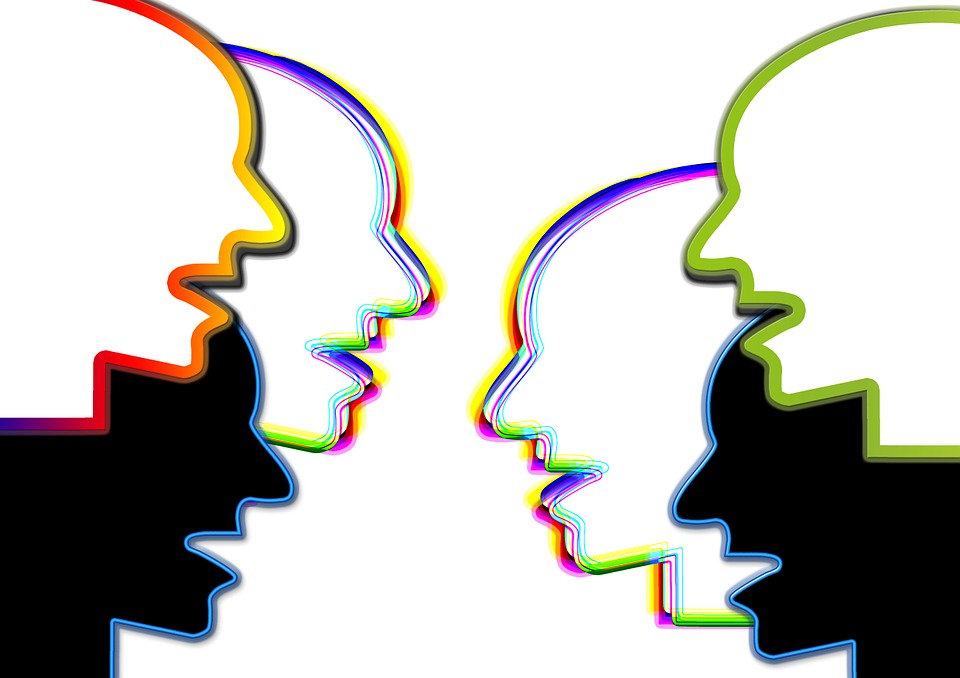
Many within the rehab community are concerned with the notion that opioid withdrawal symptoms are controlled with the use of additional opioids. The practice can work well to keep people from suffering some of the worst of those symptoms, but it is coming under criticism from a number of people within the community. Those against the practice say that it only serves to continue the user’s addiction. It is a tricky topic to navigate through, though, and it may even lead to legislation in the near future.
He sat in the doctor’s office in Naples, Florida, feeling drug sick. He thought that if this didn’t work, maybe nothing would.
Greg Frye’s drug use started in high school. First weed, then mushrooms, acid, cocaine. He wanted to live wild like Jim Morrison. Despite the drugs, he managed to stay on the football team and make good grades. He eventually dropped out of school, but got a job in real estate. He did well, making vice president by 25. For a long time, he held it together. Until the opioids.
All of a sudden it was just no more zombie. It was very even and I just felt like I should feel.
His first taste was Percocet, a painkiller prescribed after he had his wisdom teeth taken out. It made him feel warm and fuzzy, like he had no problems in the world. Later he tried oxycodone, which led to other pills, then heroin. Soon, opioids “became my food,” Frye said. He began going to the bathroom every half hour at work to snort heroin and cocaine, thinking no one noticed. Click Here to Continue Reading






